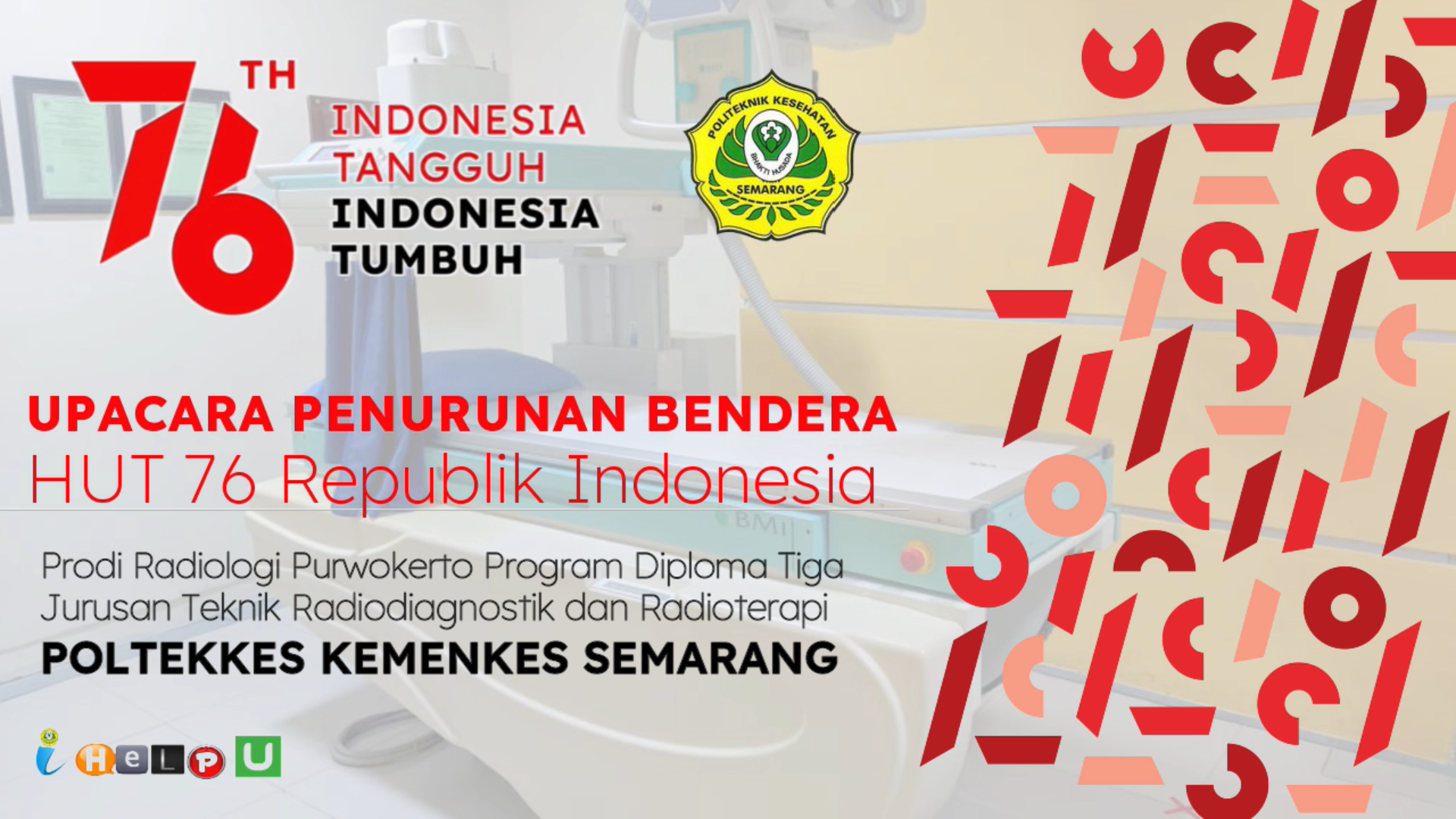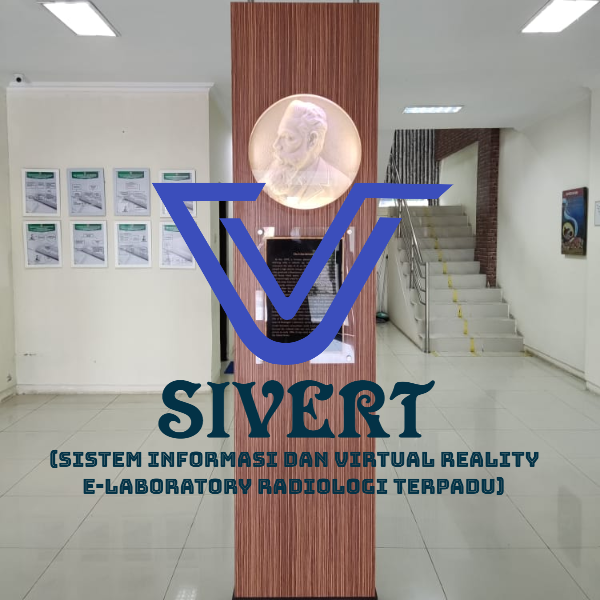CT radiation dose levels vary widely, new study finds
By Philip Ward, AuntMinnie.com staff writer
January 3, 2019 — A new international study has found wide variation in radiation dose levels used for CT scans, potentially exposing patients to unnecessary radiation. On the positive side, dose could easily be reduced through changes in CT protocols, according to the study published January 2 in BMJ.
In many cases, radiation dose could be reduced by 50% or more without reducing image quality and diagnostic accuracy. In addition, setting more consistent dose standards would ensure that patients are not exposed to unnecessary radiation risks, noted a team led by Dr. Rebecca Smith-Bindman, professor of radiology, epidemiology and biostatistics, obstetrics, gynecology and reproductive medicine at the Philip R. Lee Institute for Health Policy Studies at the University of California, San Francisco.
“Our study highlights that there is tremendous variation in the radiation doses that radiologists use for CT — and that this leads to unnecessary risk,” she explained to AuntMinnie.com. “It is the responsibility of radiologists who do CT to ensure they are using the minimum doses to get the quality images needed for diagnosis, and, currently, this is not the case.”
“I am extremely concerned about how high patient exposures have become at some hospitals and imaging centers — and yet other centers are doing an excellent job of minimizing doses, making it clear that it is possible to get high-quality diagnostic images for CT and minimize patient dose,” she added.
Over 2 million scans analyzed
The team analyzed dose data for more than 2 million CT scans from 151 institutions in seven countries. They included scans of the abdomen, chest, combined chest and abdomen, and head acquired from 1.7 million adults between November 2015 and August 2017. They adjusted the data for a range of variables related to the patient (e.g., sex and size), institution (e.g., trauma center, academic, or private), and CT scanner (e.g., manufacturer and model).
The researchers found that most of these factors had only a small effect on dose variation across countries. For instance, after adjusting for patient characteristics, they still found a fourfold range in mean effective radiation dose for abdominal scans. Similar variations persisted for chest scans and combined chest and abdomen scans.
 *Machine characteristics were not mutually exclusive. Institutions could have more than one manufacturer’s machines, and, therefore, the total number of institutions does not add up to 151.
*Machine characteristics were not mutually exclusive. Institutions could have more than one manufacturer’s machines, and, therefore, the total number of institutions does not add up to 151.
Adjusting for institution and machine factors also had little effect on dose variation, but allowing for technical factors (how scanners were used by medical staff) substantially reduced or eliminated nearly all the dose variation across countries.
Essential measures to take
Several steps are vital to balance image quality and radiation dose, according to Smith-Bindman. For example, multiple-phase studies should be used rarely and only in very limited circumstances. When multiple-phase studies are used, one or more phases can be performed using lower-dose techniques. Lower mAs and kVp often can be used.
The size of this analysis was far larger than the group’s previous studies, and this allowed them to disentangle the reasons for variation in radiation dose, she noted.
“We were surprised to learn that the type of machine mattered so little — it is how the machines are used that matters, telling us that there is tremendous opportunity to lower doses … without acquiring the newest machine make and model,” Smith-Bindman said. “Our analysis of assessing the variation in dose for specific clinical indications and limited to patients scanned in a single type of machine was the most surprising and highlights this finding.”
The variation between patients was extremely high, even after the researchers made adjustments for patient size, but dose levels could be reduced virtually overnight if there was the will to do so, Smith-Bindman continued.
There is a safety imperative to standardize the protocols used for CT. For instance, in the authors’ presentation of the various protocols used to assess patients for suspected pulmonary embolism (PE), many hospitals employ multiple-phase studies routinely (two or even four phases) when a good PE protocol should use just one phase, she stressed.
It can be difficult for individual radiologists to know how to standardize their protocols across a range of clinical questions, Smith-Bindman conceded. Furthermore, if an organization has several CT scanners, it is difficult to standardize the protocols across the different units.
“The process of developing optimized protocols that balance image quality and dose and of standardizing and updating protocols needs to be simplified — and manufacturers need to get involved in this role,” noted Smith-Bindman, adding that companies must help radiologists adopt standardized protocols and make them easy to adopt and use. “Currently, optimized protocols are not freely shared, and there is a huge role that manufacturers can play in advancing this.”
Manufacturers can work together and in conjunction with radiologists to help develop a consensus and implement approaches for standardizing protocols on machines that are already being used, she said.
ECR 2019 presentation
In addition to the BMJ study, the researchers have completed a randomized trial that assessed the impact of providing detailed feedback to organizations on their doses, coupled with detailed suggestions for how they can optimize their doses. This was presented at ECR 2018, and additional work will be presented at ECR 2019 in Vienna.
“We are also expanding our dose registry and our process of providing feedback. Organizations that would like to join our registry should reach out to me,” Smith-Bindman said. “We are also developing an automated measure of image quality that can be used to ensure that the image quality is adequate for diagnosis.”
The authors noted that the BMJ study was an observational one, and, therefore, it cannot establish a specific cause of CT dose variations. They added that other limitations may have influenced the results, but overall these findings suggest that optimizing doses to a consistent standard should be possible. They call for more education and international collaboration to set benchmarks for optimum target doses.
Copyright © 2019 AuntMinnie.com












